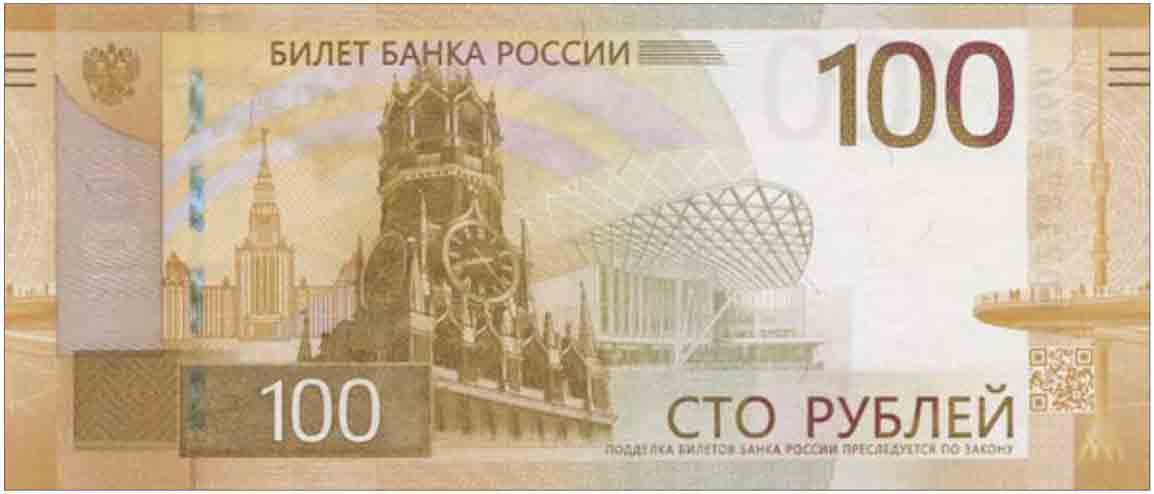The Russian ruble has experienced significant fluctuations in value over the years, influenced by a variety of factors, including global oil prices, geopolitical events, and domestic economic policies.
Historical Overview
- Soviet Era: During the Soviet era, the ruble was a non-convertible currency, meaning it could not be exchanged for foreign currencies. Its value was primarily determined by the government.
- Post-Soviet Era: After the collapse of the Soviet Union, the ruble underwent a period of hyperinflation. The government implemented reforms to stabilize the currency, including the introduction of a new ruble in 1998.
- 2000s Boom: In the 2000s, the ruble strengthened due to high oil prices and economic growth.
- Recent Volatility: Since the annexation of Crimea in 2014 and the imposition of Western sanctions, the ruble has experienced significant volatility.
Factors Affecting the Ruble’s Exchange Rate
- Global Oil Prices: As a major oil exporter, Russia’s economy is heavily reliant on oil revenues. Fluctuations in global oil prices can have a significant impact on the ruble’s exchange rate.
- Geopolitical Factors: Geopolitical tensions, such as the conflict in Ukraine, can lead to increased volatility in the ruble.
- Central Bank Policies: The Central Bank of Russia’s monetary policy decisions, including interest rate adjustments and foreign exchange interventions, can influence the ruble’s exchange rate.
- Investor Sentiment: Investor confidence in the Russian economy can impact the demand for the ruble.
The Future of the Ruble
The future of the ruble will depend on a variety of factors, including global economic conditions, geopolitical developments, and domestic economic reforms. While the Russian government has taken steps to stabilize the currency and reduce its volatility, it remains vulnerable to external shocks and internal challenges.
To strengthen the ruble, Russia will need to continue implementing economic reforms, diversify its economy, and reduce its dependence on oil and gas exports. Additionally, improving the investment climate and attracting foreign capital can help to stabilize the currency and boost economic growth.

Leave a Reply